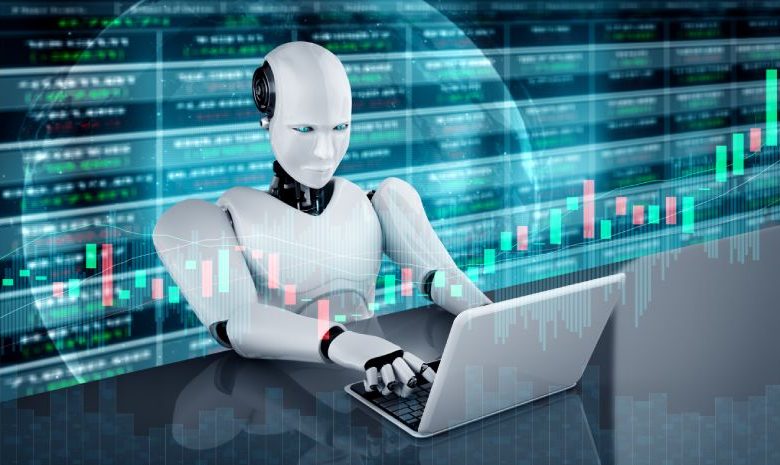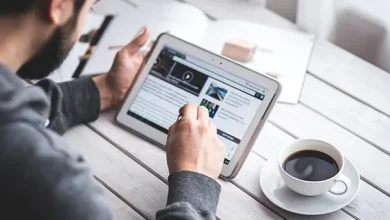TECHNOLOGY
Forex Robot Optimization: Tweaking Your Bot for Maximum Profitability

Introduction
Forex robots, or expert advisors (EAs), have revolutionized the way traders approach the foreign exchange market. These automated trading systems can execute trades on behalf of the trader, using predefined algorithms and rules. However, simply having a robot is not enough to guarantee success. To truly maximize profitability, traders must optimize their bots to perform at their best. In this article, we’ll explore the key aspects of optimizing a forex robot for maximum profitability.1. Understanding the Basics
Before diving into optimization, it’s essential to understand how a forex robot operates. These bots rely on technical indicators, price action, and other parameters to identify trading opportunities. Traders can customize these parameters based on their strategies and preferences.2. Choosing the Right Forex Robot
The first step in optimization is selecting the right forex robot for your trading style. Consider factors such as the bot’s performance history, supported currency pairs, and compatibility with your trading platform. Look for robots that offer customization options and allow you to adjust settings to suit your strategy.3. Backtesting
Backtesting is a crucial step in optimizing a forex robot. It involves testing the bot’s performance using historical data to see how it would have performed under past market conditions. This helps traders identify potential flaws in the robot’s strategy and make necessary adjustments.4. Optimizing Parameters
Once you’ve selected a forex robot and completed the initial backtesting, it’s time to optimize its parameters. This involves tweaking settings such as trade size, stop-loss, take-profit levels, and indicators to maximize profitability. Keep in mind that optimization is an iterative process that may require multiple adjustments.5. Risk Management
Effective risk management is key to maximizing profitability in forex trading. When optimizing your robot, consider factors such as maximum drawdown, risk-reward ratio, and position sizing. Adjust these parameters to ensure that your bot trades within your risk tolerance levels.6. Monitoring and Fine-Tuning
Even after optimization, it’s essential to monitor your robot’s performance regularly and make adjustments as needed. Market conditions can change rapidly, so staying vigilant is crucial. Use performance metrics such as profit factor, win rate, and average profit/loss to gauge your bot’s effectiveness.7. Avoiding Over-Optimization
While optimization is important, it’s essential to avoid over-optimizing your forex robot. Over-optimization, or “curve-fitting,” occurs when the bot’s parameters are too closely aligned with past data, resulting in poor performance in live trading. To avoid this, use a diverse range of historical data and test your robot under different market conditions.8. Utilizing Optimization Tools
Several tools and software are available to help traders optimize their forex robots. These tools can automate the optimization process, making it faster and more efficient. Some popular optimization tools include MetaTrader’s Strategy Tester and third-party software like Forex Tester.9. Continuous Learning
Finally, continuous learning is essential for successful forex trading. Stay updated with the latest market trends, strategies, and technologies to enhance your trading skills. Attend webinars, read books, and engage with other traders to expand your knowledge base.Benefits of Forex Robot Trading
- Emotional Detachment: One of the primary advantages of forex robot trading is the elimination of emotional biases that can often lead to irrational decision-making. Automated systems operate based on predefined rules and strategies, removing the influence of human emotions such as fear, greed, and overconfidence.
- Consistency and Discipline: Forex robots consistently follow their programmed strategies, ensuring a disciplined approach to trading. They do not deviate from the established rules, which can be challenging for human traders who may be tempted to override their strategies based on impulses or market noise.
- Increased Trading Opportunities: Automated trading systems can monitor the markets 24/7, allowing them to capitalize on trading opportunities that may arise at any time. Human traders, on the other hand, are limited by their ability to continuously monitor the markets and may miss potential opportunities.
- Backtesting and Optimization: Forex robots can be backtested on historical data to evaluate their performance and optimize their strategies. This process allows traders to refine their algorithms and improve their chances of success before deploying them in live trading environments.
- Diversification and Risk Management: Forex robot trading systems can be programmed to implement advanced risk management techniques, such as position sizing, stop-loss orders, and portfolio diversification. These strategies help mitigate risks and potentially improve overall trading performance.








